Introducing ForceFrame Max
Available in:
EN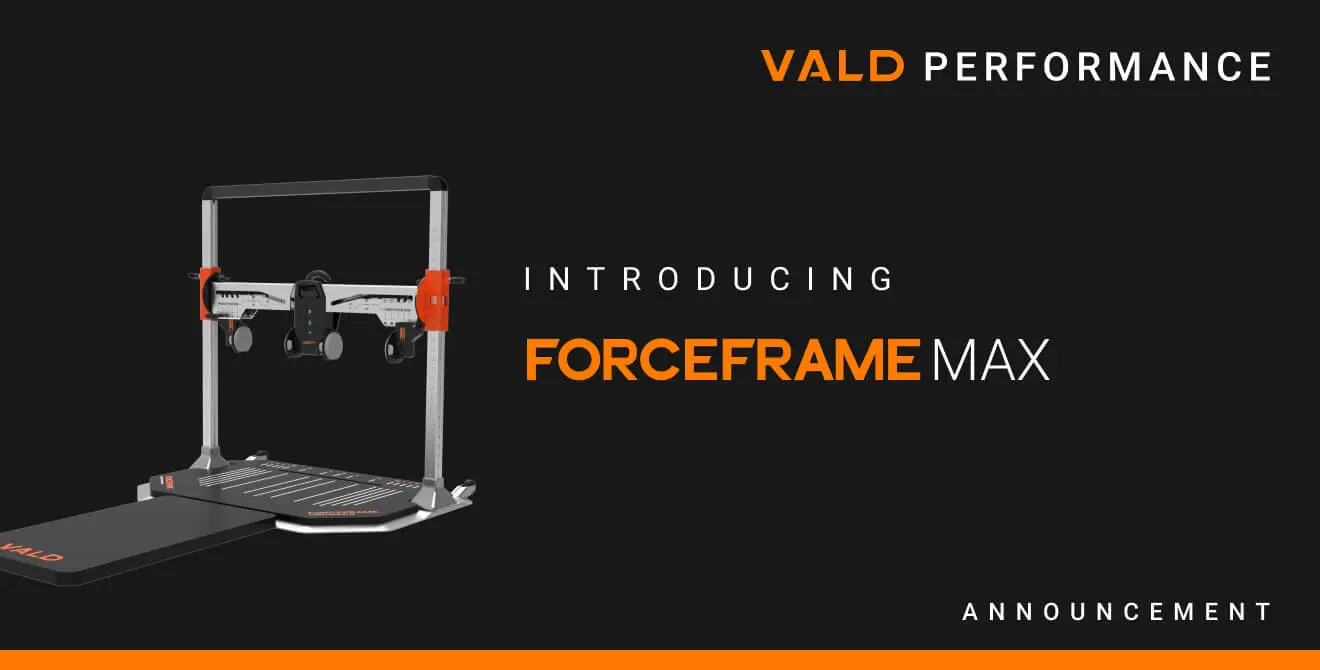
We recently announced the launch of ForceFrame Max , the new addition to our hugely popular ForceFrame line (with our existing ForceFrame model being rebadged to ForceFrame Fold ).

ForceFrame Max is the outcome of over six years of feedback from our clients who have cumulatively performed over 1.2 million ForceFrame tests on over 200,000 athletes and patients. It caters to a range of different users, use cases, patients, athletes and test types. It is designed for our most demanding users in every setting – whether they’re working with a 350lb NFL offensive lineman or a 72-year-old patient recovering from a joint replacement.
It is designed for users in every setting – whether they’re working with a 350lb NFL offensive lineman or a 72-year-old patient recovering from a joint replacement.
The Evolution of the ForceFrame Product Line
Some users may not know, but the ForceFrame started its journey as the “GroinBar” (yes, we know – a bit cringeworthy!). The GroinBar had a very specific name because it was designed for a very specific purpose: hip and groin strength testing. This was driven by our early clients in the English Premier League who loved the NordBord, but wanted a similar solution to help manage their athletes’ hip and groin issues with the same high level of accuracy and usability.
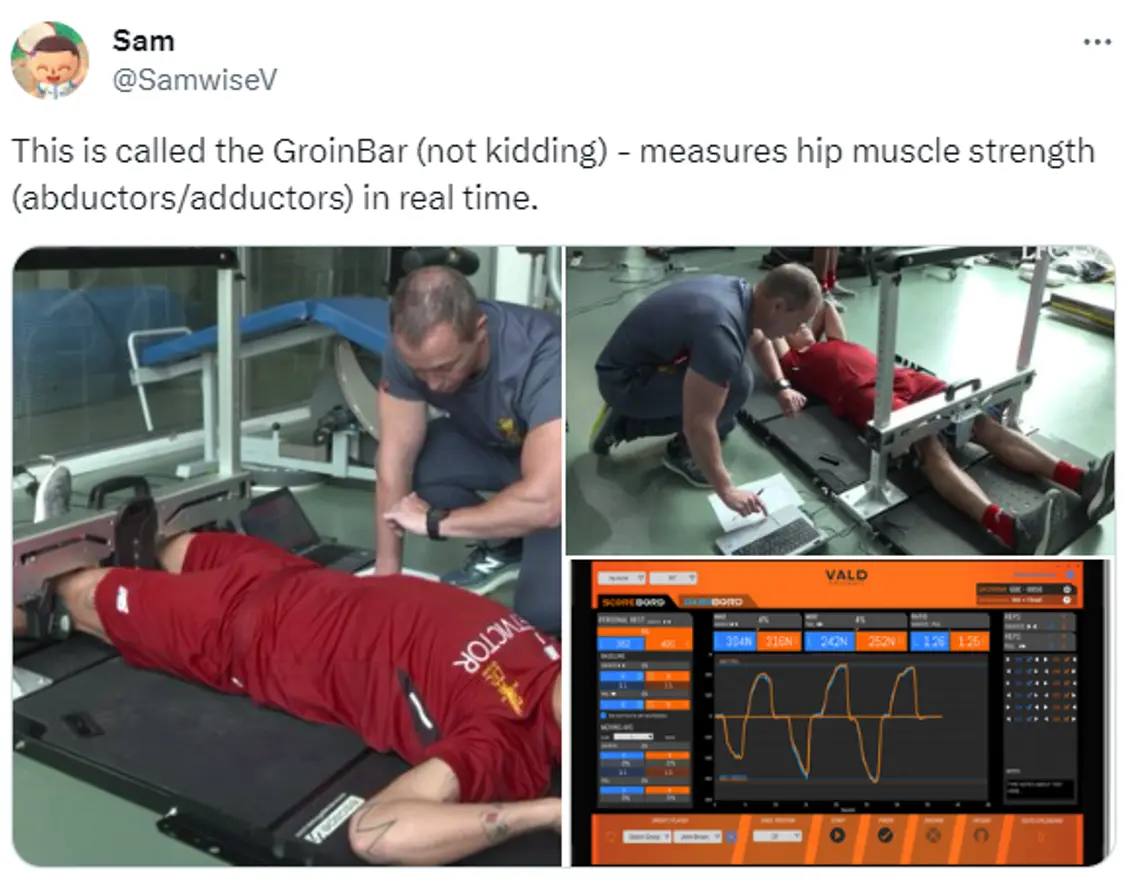
Credit: https://twitter.com/SamwiseV/status/883072112189165568
However, soon after launching the GroinBar, our clients started using it for much more than simply hip testing, including:
- Baseball teams using it for testing shoulder internal and external rotation strength in their pitchers;
- Rugby union teams using it for neck strength testing to help manage concussion risk and recovery; and
- Even ballet schools using it to test toe flexion strength.
These are to name just a few of the creative applications our clients came up with, so it quickly became apparent we had missed the mark on our branding. Thus, the GroinBar was renamed to ForceFrame.
Over time, our clients became more and more creative, so we had to update the ForceFrame’s functionality to keep pace, including:
- Adding a range of new test types and positions over time to reflect how our clients were using the system, across every major joint including neck, shoulder, elbow, hips, knee, ankles and more;
- Developing a custom add-on shoulder brace to help make shoulder strength testing more comfortable and repeatable;
- Introducing training mode, for running gamified, isometric training protocols at specific intensities;
- Increasing the ForceFrame’s sensor capacities to suit higher force applications our clients were demanding; and
- A range of other user interface and design updates to expand the ForceFrame’s functionality and refine its usability.
Still, we found that for some of clients – particularly those working with challenging or extreme use cases – demanded more.
Still, we found that for some of clients – particularly those working with challenging or extreme use cases – demanded more. Specifically, the ForceFrame is now used by some of the most demanding users, athletes and patients, including:
- Extremely strong athletes and high-force tests, such as knee extension and plantarflexion;
- NBA and NFL players, who have much larger limb lengths and sizes than the average athlete or patient; and
- On the other end of the spectrum, highly mobility-compromised patients, for example elderly patients and those recovering from joint replacements or with severe disabilities who may struggle to get into a chair or onto the ground for testing.
These expanding demands led us to review the design of the ForceFrame, and to subsequently realize there was room in the line for a second model. The ForceFrame Fold will always have its place given its huge popularity over the years, and it will remain our lightest and most space-efficient model – well-suited to gyms and clinics where space is at a premium and practitioners who want to regularly travel with it – but it had become evident that there was demand for a new model.
The ForceFrame Fold will always have its place given its huge popularity over the years, and it will remain our lightest and most space-efficient model.
Development of the ForceFrame Max
Meeting these demands proved a real challenge, as we knew the ForceFrame Max needed to cater to a number of very different user groups. However, we also knew the ForceFrame’s fundamental design was strong – its sensors are accurate, high-capacity and reliable, and it could be adjusted into nearly limitless positions.
The key requirements we honed in on were:
- A taller and stiffer frame;
- A lower-profile and stronger base, with integrated wheels; and
- More ergonomic and adaptable padding.
Frame – Taller and Stiffer
With increased height typically comes decreased rigidity, as the longer the lever arm, the easier it is to flex. However, we wanted rigidity to be increased in the ForceFrame.
To do so, we needed to create a custom extrusion profile for the ForceFrame Max’s side posts, which would be much stronger than a typical off-the-shelf tubing profile.
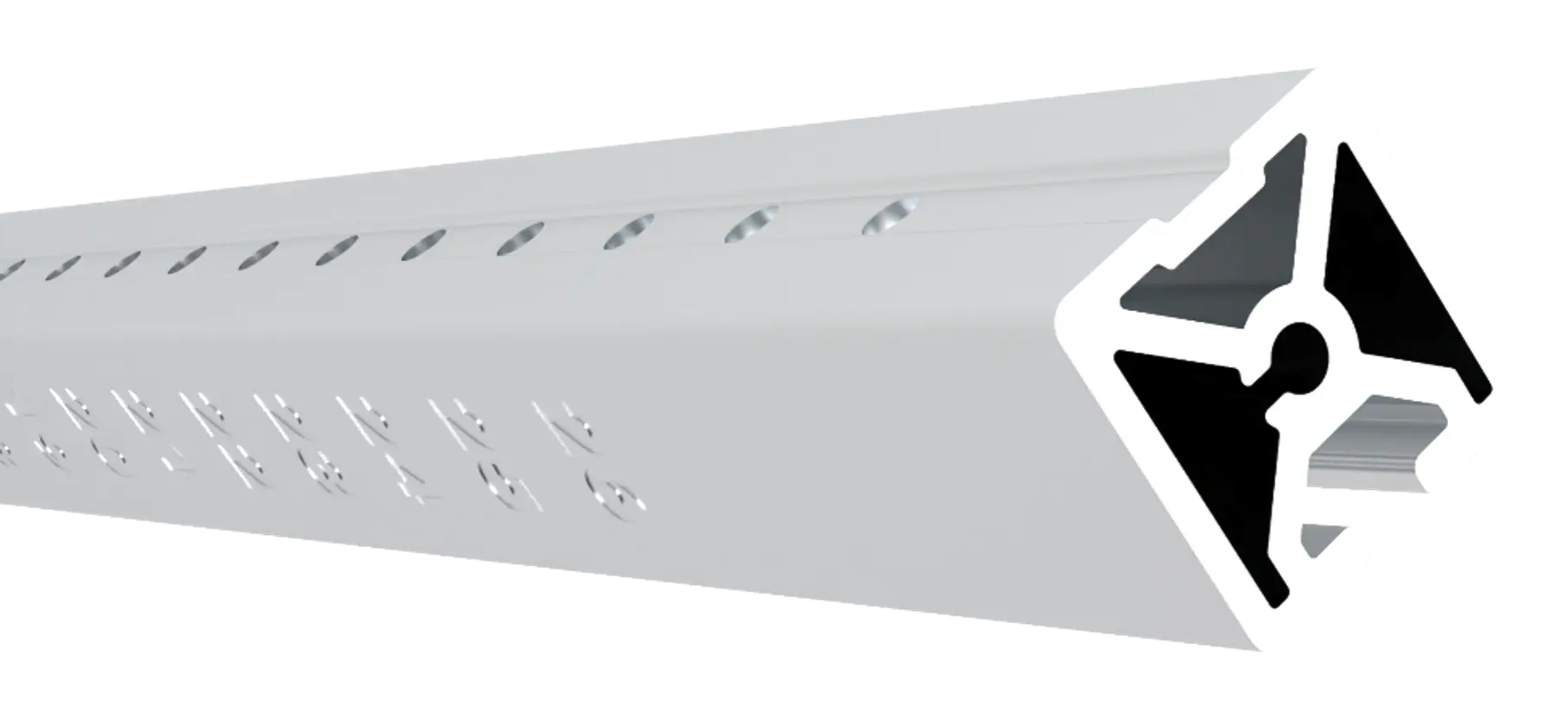
We incorporated reinforced ribs and a number of features which resulted in the ForceFrame Max’s posts being significantly stiffer, allowing it to better resist force from all angles.
Base – Stronger and Lower
Like its frame, we wanted the ForceFrame Max’s base to be strong, but also lower profile.
The result was a base that was low enough for a physical therapy bed to be wheeled over it with a patient in situ, eliminating the need for the patient to get into a chair or onto the ground.
We worked with our suppliers to create a design for a single-piece base plate machined from high-strength aluminium, which could be thin but retain a high level of strength. The result was a base that was low enough for a physical therapy bed to be wheeled over it with a patient in situ, eliminating the need for the patient to get into a chair or onto the ground.
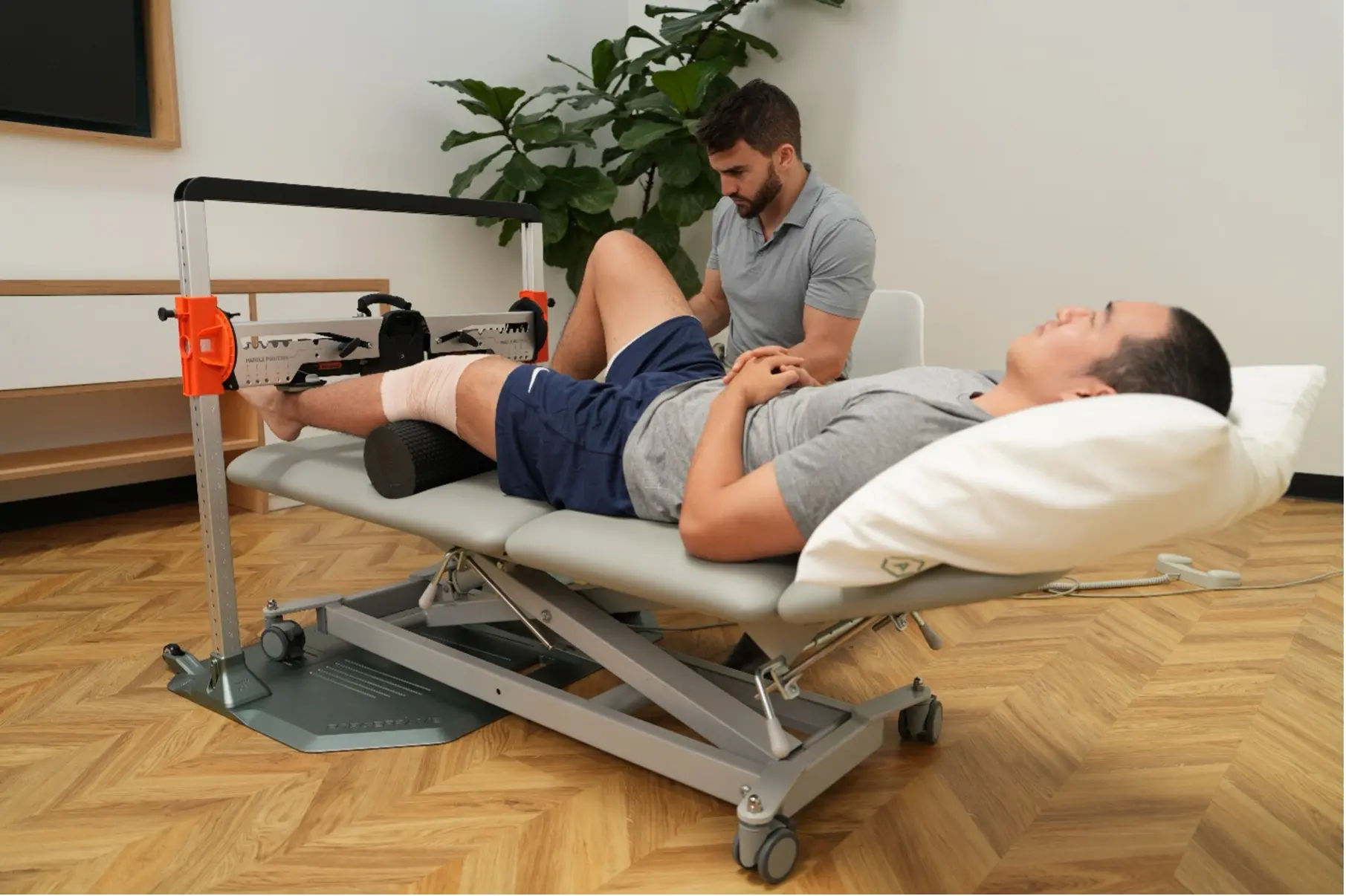
Our designers also came up with a clever design for incorporating wheels into the ForceFrame Max’s base, so it could be easily moved around the clinic or gym.
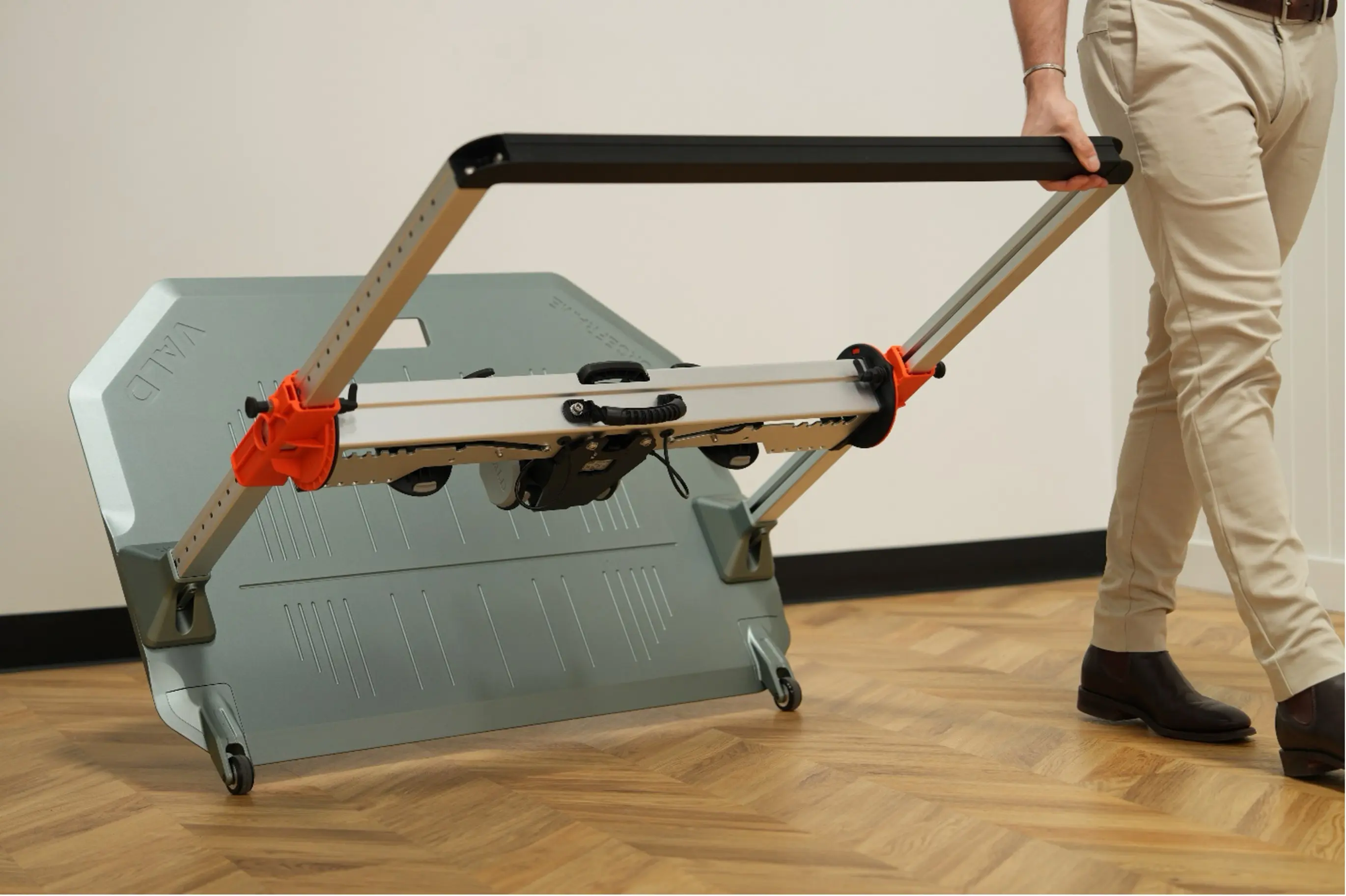
Pads – Configurable and Comfortable
We know that our clients use ForceFrame with their athletes and patients in a range of creative positions, so we wanted to ensure the ForceFrame Max’s pads could be configurable and remain comfortable in any position.
This is more difficult than it sounds, when considering that there are over 100 different exercises and tests that ForceFrame can accommodate. Our final design was a four-piece pad system, including:
- A two-piece central pad that could be quickly placed or removed, without sliding out of place when in use and also accommodating the ForceFrame’s shoulder brace; and
- Two extension pads that could be arranged into any configuration to accommodate the patient or athlete’s position, then quickly locked into place using built-in Velcro flaps.
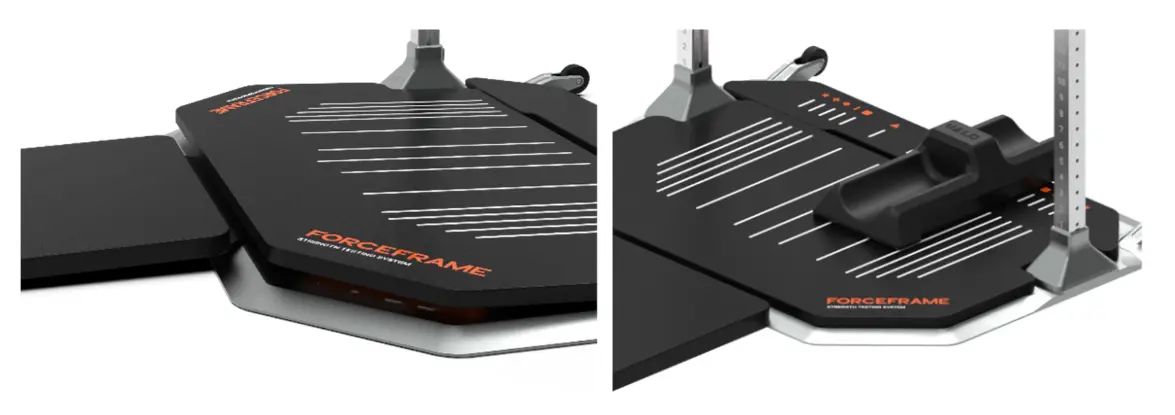
Along with the launch of the ForceFrame Max, we’re also rolling out some significant updates to our ForceFrame iOS app. This update will significantly enhance the real-time testing interface and making results more prominent, engaging and easier to understand immediately after testing, improving users’ workflows.
This update will significantly enhance the real-time testing interface and making results more prominent, engaging and easier to understand immediately after testing, improving users’ workflows.
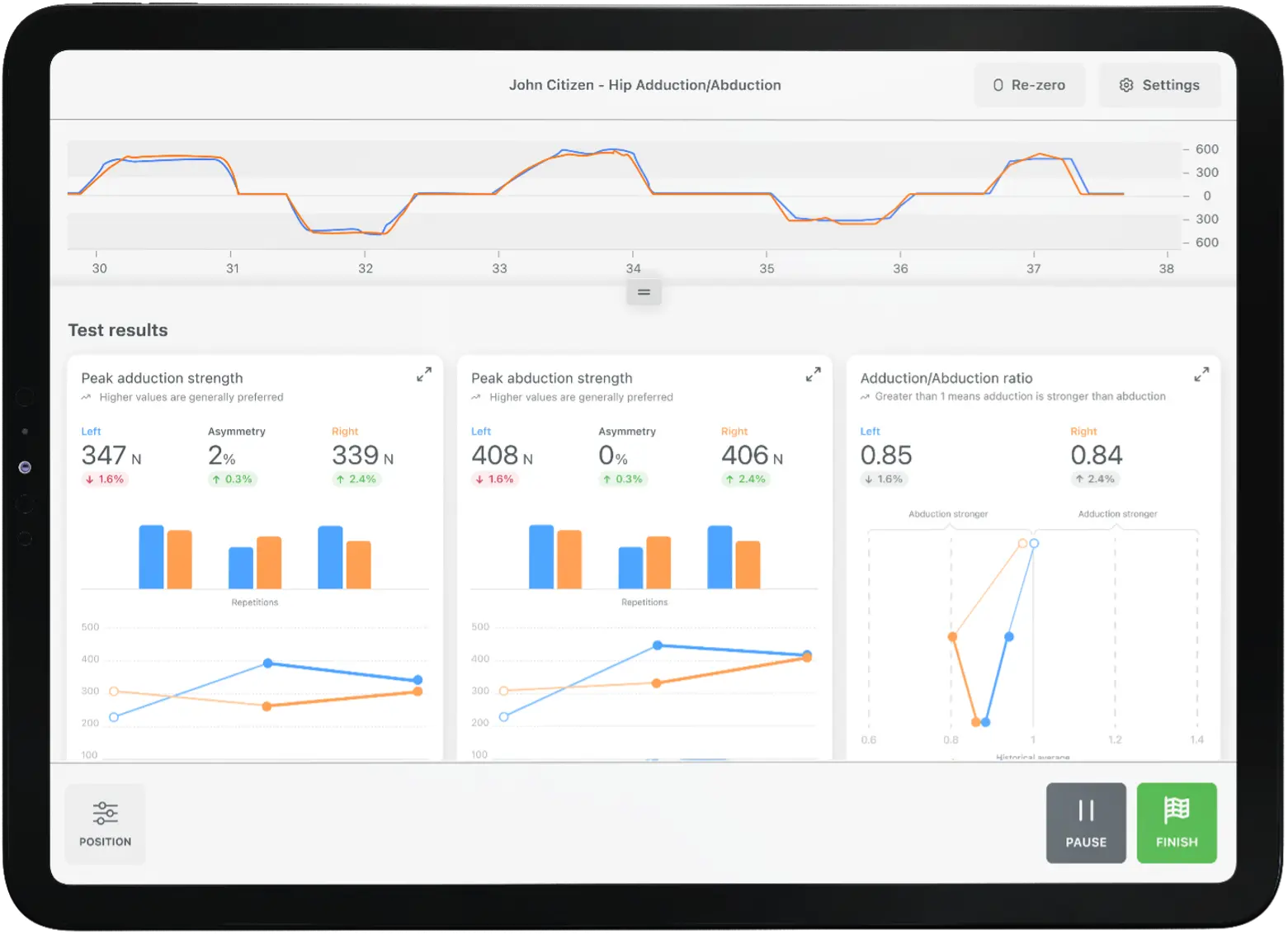
Bringing together these new features into an already-mature platform was no small feat, but it is one that our team was able to do with great confidence thanks to all the amazing feedback we’ve received from our clients since 2017, when the ForceFrame (née GroinBar!) first launched.
ForceFrame Max is the newest addition to the ForceFrame product line, catering to the most demanding users in clinical practice, high performance sport and more. If you’re interested to learn more we are always here to chat.
